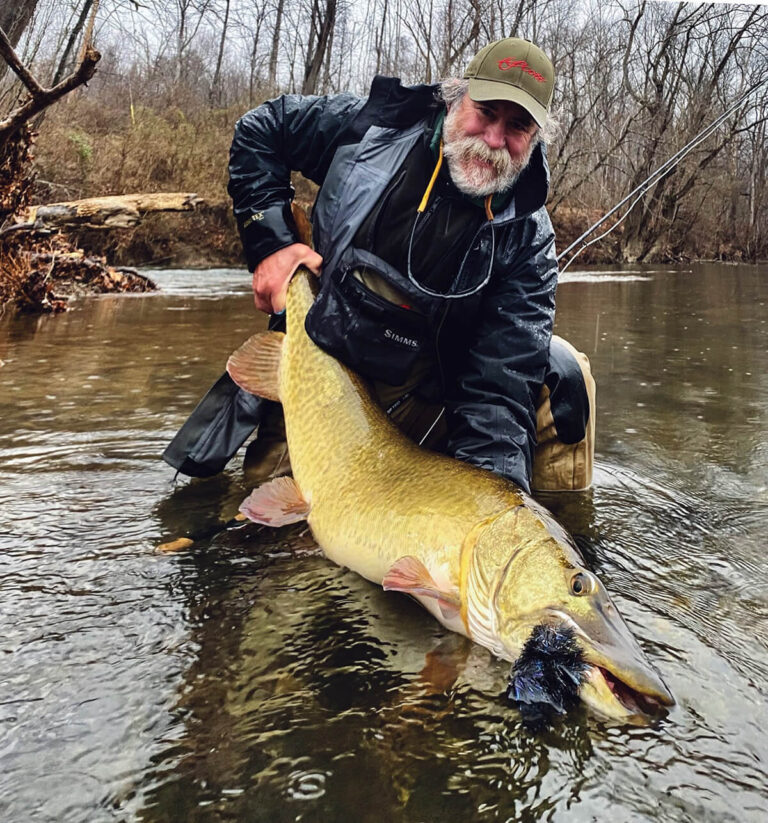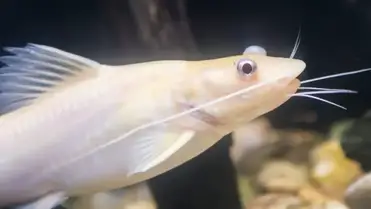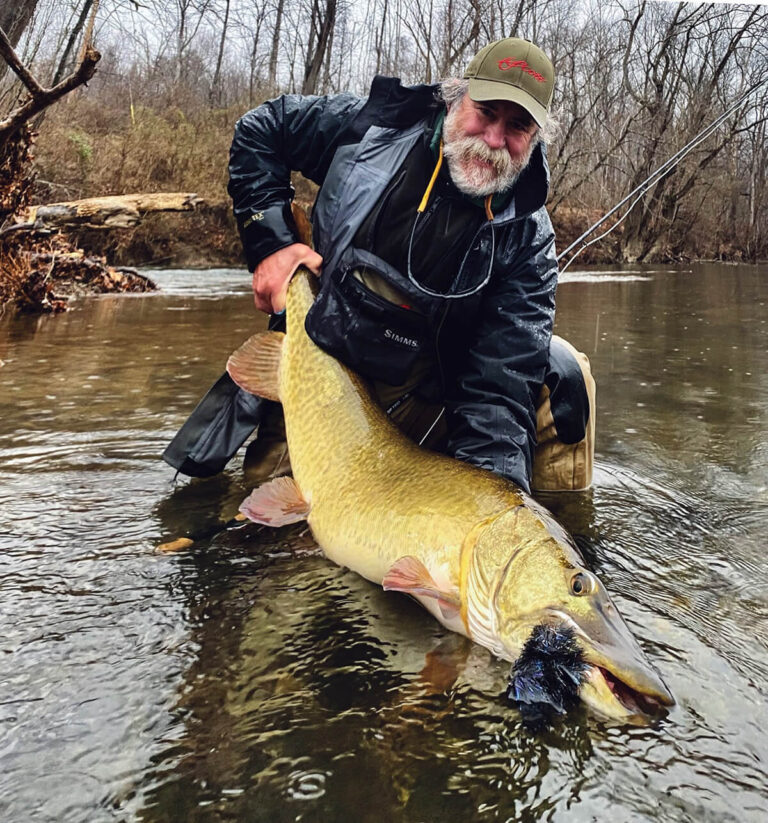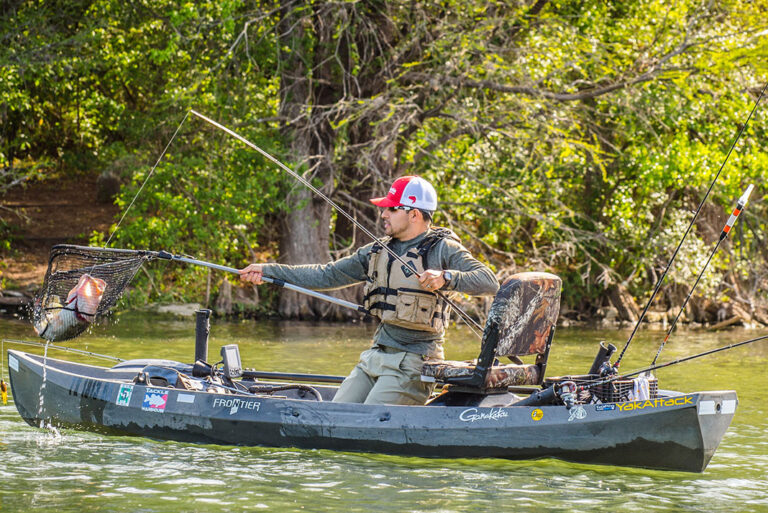Navigating river obstacles while fishing requires caution and attention to detail. When casting from a riverbank or wading in the water, fishermen must be aware of the potential dangers presented by rocks, fallen trees, and fast-moving currents.
Successfully navigating these obstacles involves carefully selecting fishing spots, paying attention to water flow and depth, and using appropriate gear to keep oneself safe. With the right knowledge and focus, fishermen can enjoy successful catches while also avoiding any potential hazards.
In this article, we will outline some essential tips for safely and effectively navigating river obstacles while fishing.

Credit: www.gilisports.com
Understanding River Obstacles
Navigating River Obstacles While Fishing: Understanding River Obstacles
Fishing in rivers can be challenging, especially when you encounter obstacles that can make your fishing experience more difficult. Understanding river obstacles is essential to navigate the waterways properly and catch more fish. In this section, we will discuss the importance of identifying different river obstacles, understand their impact on the fish population, and provide tips for reading a river’s flow patterns to identify potential obstacles.
Importance Of Identifying Different River Obstacles
Identifying different river obstacles is vital for successful fishing in rivers. Here are some of the common obstacles that you may encounter:
- Rocks and boulders: These can create riffles and pools, which provide habitat and shelter for fish.
- Fallen trees and logs: These create debris dams that can increase water depth and create eddies. This can be a prime location for fish because the eddies bring food and nutrients.
- Dams: Dams and weirs are artificial structures that can obstruct the natural flow of water. But can also create still water conditions that are perfect for fish.
Understanding The Impact Of River Obstacles On The Fish Population
Different types of river obstacles create different impacts on the fish population. Here are a few examples:
- Riffles and pools: These can be habitats for trout and other fish. Riffles have fast-moving water, while pools have slow-moving water. Fish use these habitats for feeding and sheltering.
- Eddies: These are circular currents created by debris dams. Fish tend to accumulate in eddies because they bring food and oxygenated water.
- Dams and weirs: These can affect the fish’s migratory pattern and their ability to move upstream. They can also create still waters, which may attract different fish types.
Tips For Reading A River’S Flow Patterns And Identifying Potential Obstacles
Reading a river’s flow patterns is a vital skill that can help you identify potential obstacles. Here are a few tips:
- Look for changes in the river’s slope and depth. Riffles usually have shallow and fast-moving water, while pools have deeper and slower-moving water.
- Check for any surface disturbances to identify underwater obstructions. Fish will often jump over rocks, logs, and other obstacles, creating surface disturbances.
- Look for color changes in the water to identify different river habitats. Different fish species prefer different habitats, and understanding these preferences can help you catch more fish.
Understanding river obstacles is vital for any angler looking to improve their fishing skills in rivers. Use these tips to read the river’s flow patterns and identify potential obstacles to increase your catch rate.
Expert Techniques For Navigating River Obstacles
Navigating River Obstacles While Fishing
Fishing in rivers can be challenging, but obstacles such as logs, rocks, boulders, bridges, and man-made structures add to the excitement and complexity of the sport. However, with expert techniques, you can navigate around these obstacles and catch that big fish.
In this section, we will explore the different techniques and tips you can use to fish successfully in a river.
Mastering Different Casting Techniques To Navigate Obstacles Such As Logs, Rocks And Boulders
Casting techniques are essential when fishing in rivers with obstacles like logs, rocks, and boulders. Try using these techniques for successful fishing:
- Roll cast: Effective for short-range casting, this technique is perfect for navigating around rocks and trees. To perform a roll cast, pull the line backward and then roll the line toward the targeted area. This will send the line forward without hitting any obstacles.
- Backhand cast: This cast is perfect for fishing near the bushes or logs that are on your non-casting side. To perform this cast, angle your arm backward and flick the rod forward to cast the line.
- Side arm cast: For fishing in tight spaces, where overhead room is limited or under low-hanging branches of trees, the side arm cast is the perfect technique. In this technique, the rod is pointed parallel to the ground, and the casting is performed sideways.
Tips For Fishing Near And Under Bridges And Other Man-Made Structures
Bridges and other man-made structures provide shelter and protection to fish, making them a great spot for fishing. However, fishing near these structures can be tricky. Follow these tips for successful fishing:
- Cast upstream: Position yourself upstream of the bridge or structure and cast upstream, so the bait travels naturally downstream.
- Use baits that sink quickly: Since water currents are stronger around bridges and structures, sinking baits will be more effective.
- Be patient: Fish tend to hide more near structures, so it may take some time to get a bite. Patience is a virtue when fishing near bridges and structures.
Understanding The Impact Of Different Water Levels On Fishing Techniques
Water levels in rivers change due to various factors; hence, it is crucial to understand how they impact fishing techniques. Here are some tips for fishing during different water levels:
- High water: During high water levels, fish move to shallow areas near the bank. Use jigs or lures that imitate baitfish. These will attract fish in search of prey.
- Low water: In low water, fish tend to be more sluggish and stay in deeper areas. Try using baits that bring attention to them, like worms or leeches.
- Steady water levels: In steady water levels, fish may be more active, so try using a variety of baits to see which one attracts them the best.
Remember to adjust your techniques based on the current water level to maximize your chances of success.
Fishing in rivers with obstacles can be a daunting task, but with expert techniques and the right mindset, you can navigate around them and catch that prized fish. These techniques, tips, and tricks should help you become a better river fisherman.
Good luck and tight lines!
Conclusion
Navigating river obstacles can be tricky, but with the right approach and some practice, you can become an expert at it. Remember the importance of safety and always wear appropriate gear. Take the time to study the area before heading out and plan out your route accordingly.
Practice your casting technique and keep an eye out for any potential hazards. Use the right equipment for the job and be patient, as fishing is a sport that requires both skill and patience. By following these tips, you can successfully navigate river obstacles and have a fun and rewarding fishing experience.
Happy fishing!






